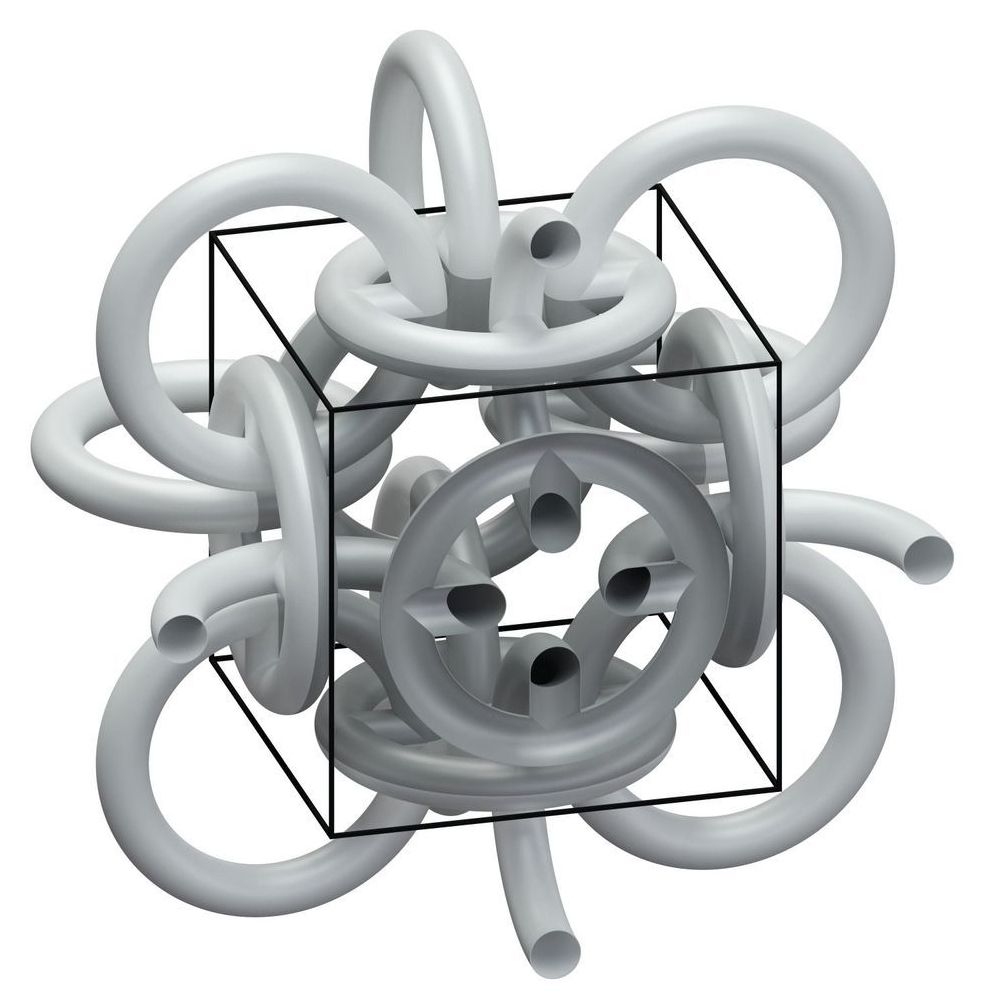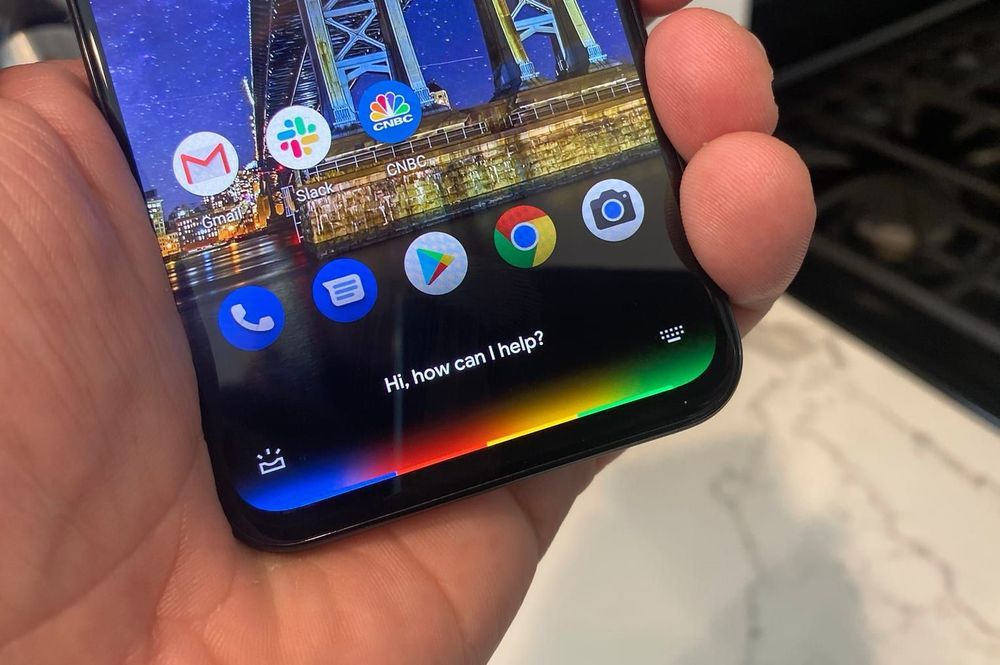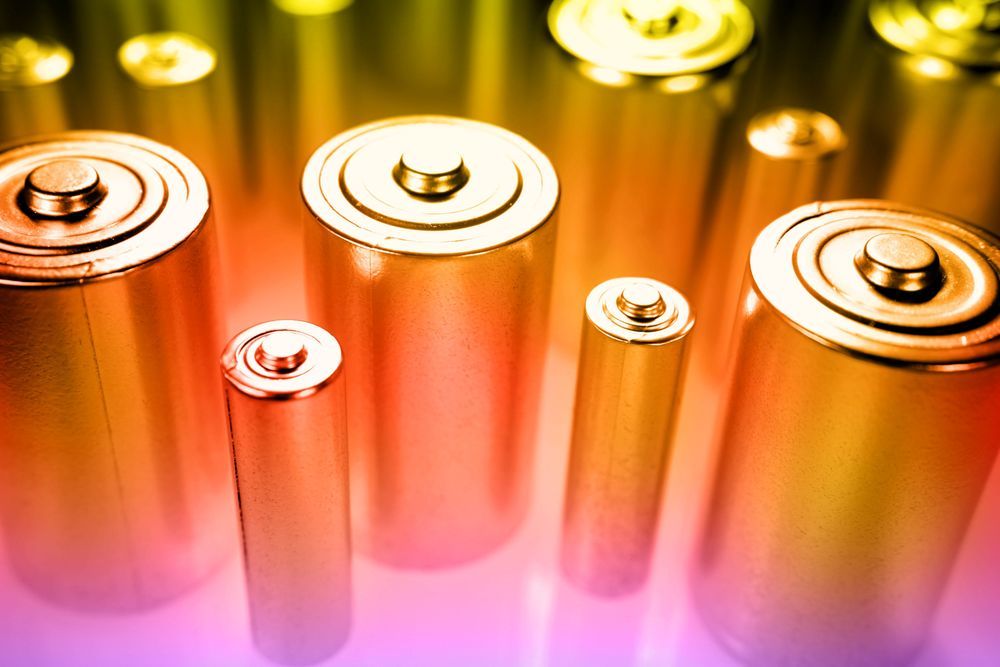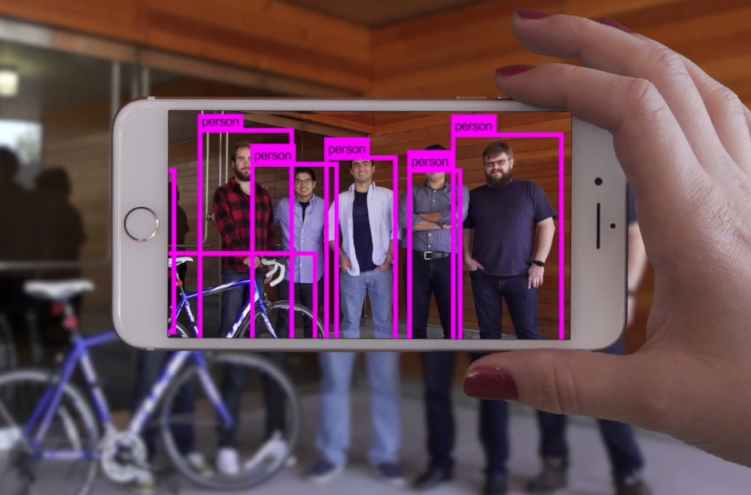Circa 2017
The Middle Ages certainly were far from being science-friendly: Whoever looked for new findings off the beaten track faced the threat of being burned at the stake. Hence, the contribution of this era to technical progress is deemed to be rather small. Scientists of Karlsruhe Institute of Technology (KIT), however, were inspired by medieval mail armor when producing a new metamaterial with novel properties. They succeeded in reversing the Hall coefficient of a material.
The Hall effect is the occurrence of a transverse electric voltage across an electric conductor passed by current flow, if this conductor is located in a magnetic field. This effect is a basic phenomenon of physics and allows to measure the strength of magnetic fields. It is the basis of magnetic speed sensors in cars or compasses in smartphones. Apart from measuring magnetic fields, the Hall effect can also be used to characterize metals and semiconductors and in particular to determine charge carrier density of the material. The sign of the measured Hall voltage allows conclusions to be drawn as to whether charge carriers in the semiconductor element carry positive or negative charge.
Mathematicians already predicted theoretically that it is possible to reverse the Hall coefficient of a material (such as gold or silicon), i.e. to reverse its sign. This was expected to be achieved by a three-dimensional ring structure resembling medieval mail armor. How-ever, this was considered difficult, as the ring mesh of millionths of a meter in size would have to be composed of three different components.







